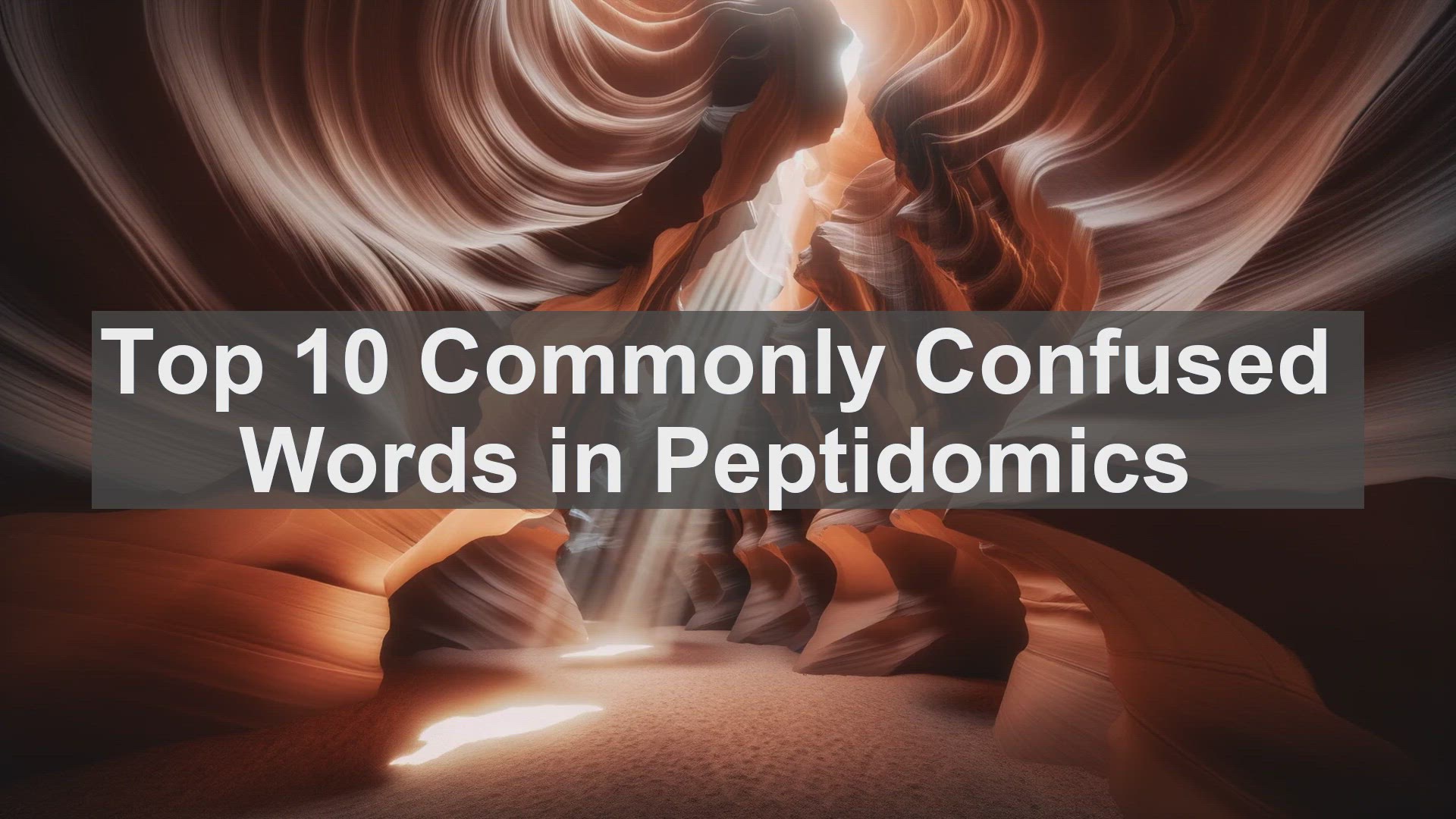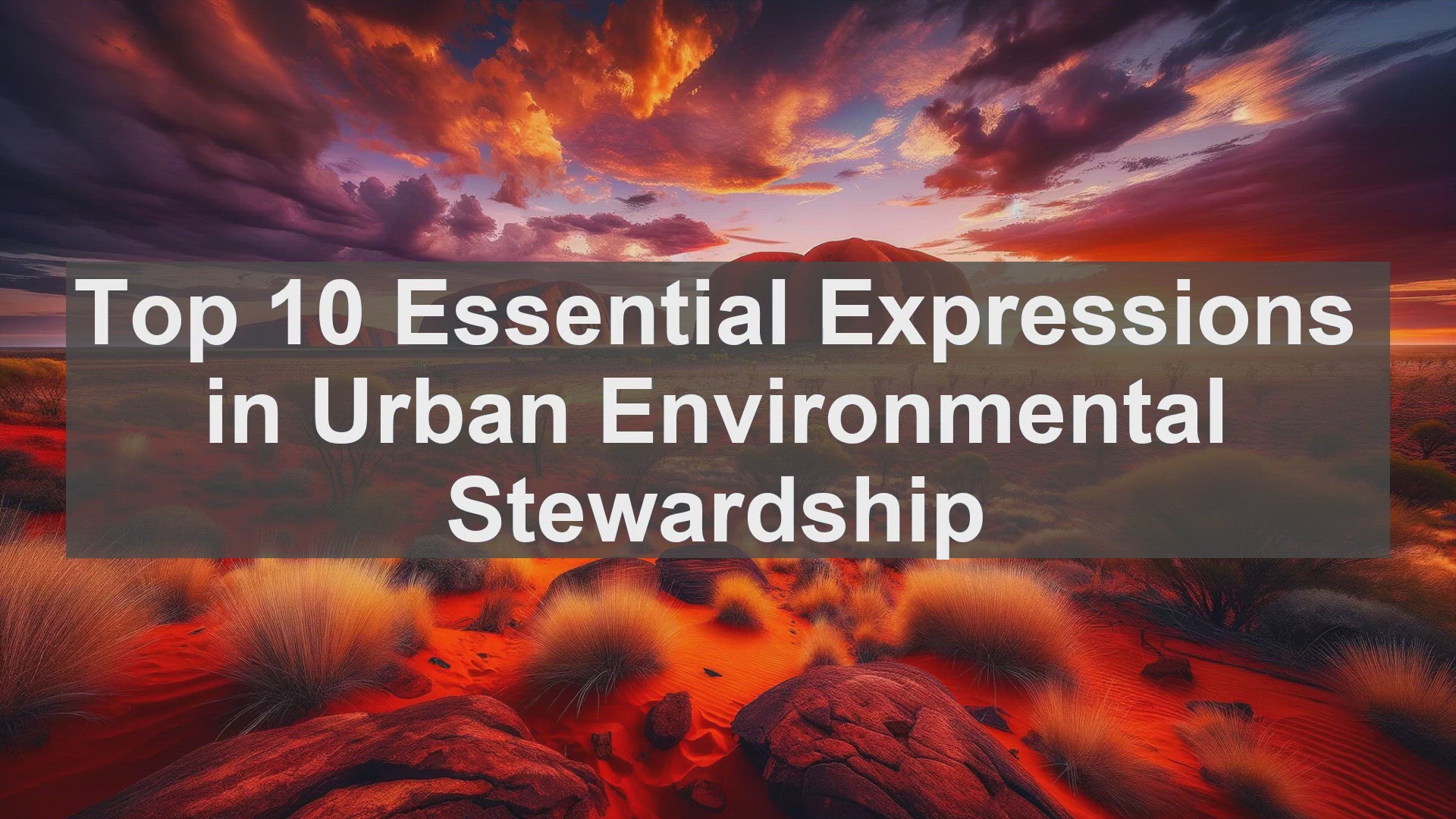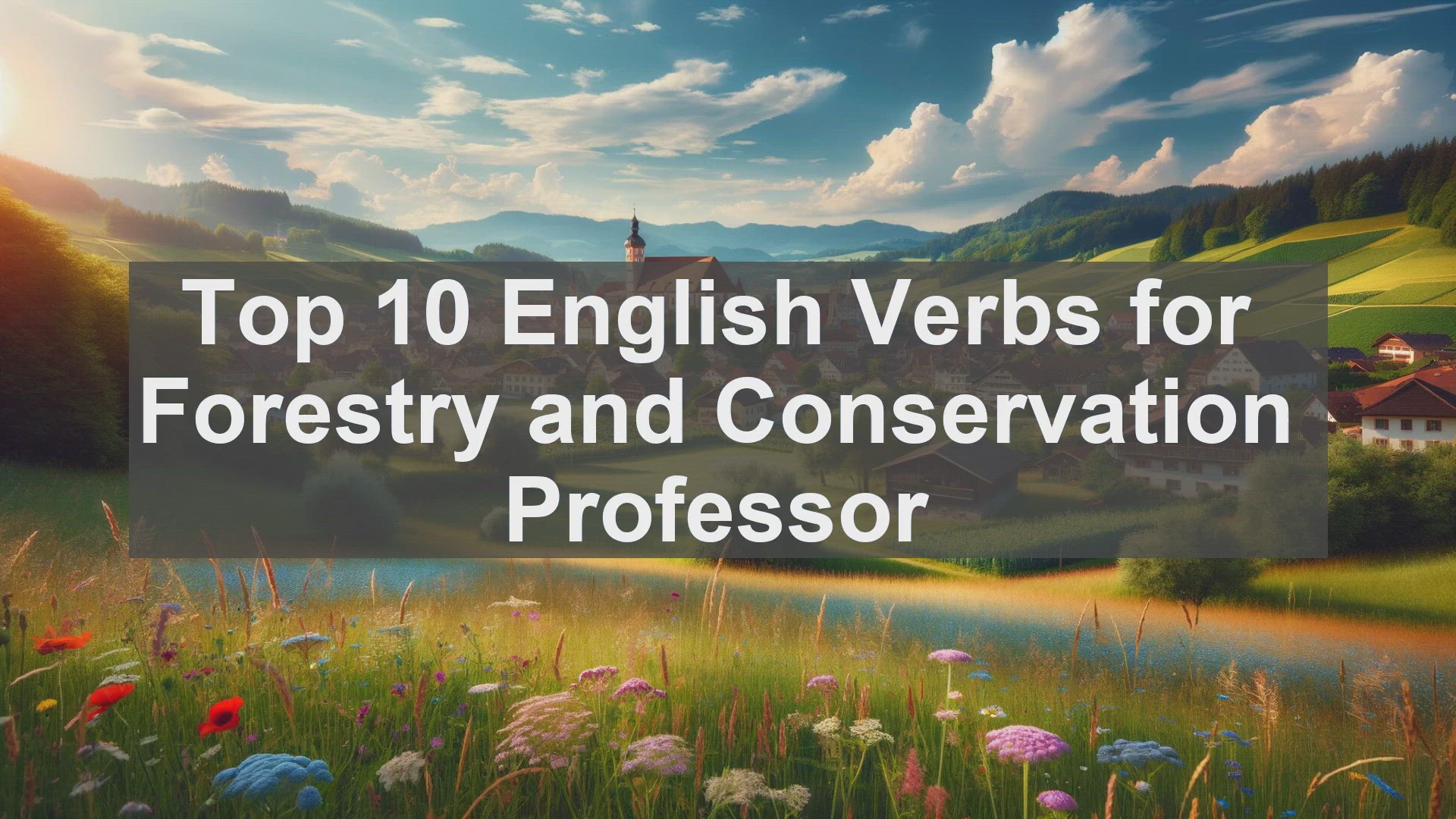
Simple Science: Zebra
1K views · Apr 6, 2023 englishteststore.net
Simple Science documentary video about Zebra.

Aardvark Documentary Video - Aardvark Education Video
2K views · Oct 13, 2023 englishteststore.net
If you are interested to learn more about "Aardvark Documentary Video" click: ? https://englishteststore.net Our video is about Aardvark Documentary Video subject valuable information but we also try to cover the subjects: -aardvark fact video -aardvark information -aardvark education Did you try to look for Aardvark Documentary Video ? Your search is over! You'll locate every little thing concerning Aardvark Documentary Video and aardvark fact video If you discovered us from an online search , you came to the ideal place. Please provide us 30 seconds to describe why ... For your information I just wanted to let you know that Liking a video is a quick way to let us know that you found useful our work. If you are signed in, liking a video will add it to your "Liked videos" playlist. so you can find it later on If you're not the greatest fan of a video, disliking it is one method to show your opinion and let us know we have to do better. What do you think? Wish to discover out more about us and what we have to use? Just contact us via the details provided in the description below. We are looking forward to hearing from you today! ~~~~~~~~~~~~~~~~~~~~~ Subscribe to this YouTube Channel for special content : https://www.youtube.com/@englishteststorecom Thanks for seeing this video clip concerning Aardvark Documentary Video we wish that you liked our video as well as you obtained a whole lot from it.

Top 10 Commonly Confused Words in Peptidomics
4K views · Dec 5, 2023 englishteststore.net
Top 10 Commonly Confused Words in Peptidomics 1. Peptide vs. Protein One of the most fundamental distinctions in peptidomics is between peptides and proteins. While both are made up of amino acids, peptides are shorter chains, typically consisting of fewer than 50 amino acids, whereas proteins are longer chains. Understanding this difference is crucial when analyzing and characterizing biomolecules. 2. Sequence vs. Structure In peptidomics, the sequence and structure of a peptide or protein are two essential aspects. The sequence refers to the specific order of amino acids, while the structure refers to how these amino acids fold and interact with each other. Both sequence and structure play vital roles in determining the function and properties of a biomolecule. 3. Mass Spectrometry vs. Chromatography Mass spectrometry and chromatography are two widely used analytical techniques in peptidomics. Mass spectrometry measures the mass-to-charge ratio of ions, providing information about the molecular weight and composition. On the other hand, chromatography separates and purifies the components of a mixture based on their chemical properties. Both techniques are complementary and often used together for comprehensive analysis. 4. Tandem Mass Spectrometry vs. Single Mass Spectrometry When it comes to analyzing peptides or proteins, tandem mass spectrometry (MS/MS) offers significant advantages over single mass spectrometry (MS). MS/MS involves a two-step process, where a precursor ion is selected and fragmented to generate product ions. This fragmentation pattern provides valuable structural information, aiding in peptide identification and characterization. 5. De Novo Sequencing vs. Database Search In peptidomics, there are two primary approaches for peptide sequencing: de novo sequencing and database search. De novo sequencing involves assembling the peptide sequence from the mass spectra alone, without relying on a reference database. On the other hand, database search matches the acquired spectra against a pre-existing database of known sequences. Each approach has its advantages and limitations, and the choice depends on the specific research question. 6. Post-translational Modification vs. Genetic Variation Peptides and proteins can undergo various modifications after translation, known as post-translational modifications (PTMs). These modifications can include phosphorylation, acetylation, or glycosylation, among others. On the other hand, genetic variation refers to differences in the DNA sequence, which can result in amino acid substitutions. Both PTMs and genetic variations can have significant implications for protein function and disease. 7. Quantitative Proteomics vs. Qualitative Proteomics Proteomics encompasses both quantitative and qualitative aspects. Quantitative proteomics aims to measure the abundance of proteins in a sample, often comparing different conditions or time points. On the other hand, qualitative proteomics focuses on identifying and characterizing the proteins present in a sample. Both approaches are valuable and provide complementary information. 8. Bottom-up Proteomics vs. Top-down Proteomics When it comes to analyzing complex protein mixtures, two common strategies are bottom-up proteomics and top-down proteomics. Bottom-up proteomics involves digesting the proteins into peptides and then analyzing these peptides using techniques like mass spectrometry. In contrast, top-down proteomics aims to analyze intact proteins directly. Each approach has its advantages and is suited for different research questions. 9. Peptide Identification vs. Peptide Quantification In peptidomics, there are two primary goals: peptide identification and peptide quantification. Peptide identification involves determining the sequence and structure of a peptide, often through mass spectrometry-based techniques. Peptide quantification, on the other hand, aims to measure the abundance of a peptide, providing insights into its biological significance. 10. Open Search vs. Targeted Search In mass spectrometry-based proteomics, there are two main search strategies: open search and targeted search. Open search involves searching the mass spectra against a database, allowing for the discovery of novel peptides or PTMs. Targeted search, on the other hand, focuses on specific peptides or proteins of interest. Each strategy has its applications and can provide valuable insights. Conclusion And that concludes our discussion on the top 10 commonly confused words in peptidomics.

Top 10 Essential Expressions in Urban Environmental Stewards...
32 views · Jan 10, 2024 englishteststore.net
Top 10 Essential Expressions in Urban Environmental Stewardship Introduction: The Importance of Urban Environmental Stewardship Hello, students! Today, we're diving into the world of urban environmental stewardship. As our cities grow, so does the need for responsible and sustainable practices. By mastering these essential expressions, you'll be equipped to make a significant impact on your urban surroundings. 1. Green Infrastructure: Nature's Contribution Green infrastructure refers to the network of natural elements like parks, trees, and wetlands in urban areas. It's not just about aesthetics; green infrastructure provides numerous benefits, such as reducing air pollution, mitigating flooding, and enhancing biodiversity. 2. Urban Heat Island Effect: A Hot Topic Urban areas often experience higher temperatures than their surrounding rural regions. This phenomenon, known as the urban heat island effect, is primarily due to the abundance of concrete and lack of vegetation. Understanding this expression is crucial for implementing strategies like urban greening and cool roofs. 3. Sustainable Transportation: Moving Towards a Greener Future Transportation accounts for a significant portion of urban carbon emissions. Sustainable transportation, which includes options like cycling, walking, and public transit, is essential for reducing pollution and congestion. Encouraging active transportation is a key expression in urban environmental stewardship. 4. Stormwater Management: Preventing Urban Flooding In urban areas, the vast expanse of impermeable surfaces can lead to excessive stormwater runoff. Without proper management, this can result in flooding and water pollution. Understanding stormwater management expressions like rain gardens and permeable pavements is crucial for preventing these issues. 5. Urban Biodiversity: Creating Habitats Cities may seem devoid of wildlife, but with the right practices, we can create urban habitats. Urban biodiversity expressions like green corridors and wildlife-friendly lighting play a vital role in providing shelter and resources for various species, contributing to a healthier ecosystem. 6. Waste Management: Beyond the Bin Proper waste management extends beyond just throwing items in the bin. Expressions like source separation, composting, and recycling are essential for reducing landfill waste and conserving resources. By understanding these expressions, you can actively participate in the circular economy. 7. Environmental Justice: Equality in Action Environmental issues often disproportionately affect marginalized communities. Environmental justice expressions like community engagement and equitable distribution of resources aim to address these disparities. By advocating for environmental justice, you're ensuring a fair and inclusive urban environment. 8. Green Building: Constructing for Sustainability The construction sector has a significant environmental impact. Green building expressions like passive design and renewable energy integration aim to minimize this impact. By adopting these practices, we can create energy-efficient and sustainable urban structures. 9. Air Quality Index: Breathing Easy Air pollution is a pressing issue in many cities. The air quality index (AQI) is an expression that quantifies the level of pollution. By understanding the AQI and its associated expressions, such as particulate matter and ozone, you can make informed decisions to protect your respiratory health. 10. Environmental Education: Spreading the Knowledge Last but not least, environmental education is a crucial expression in urban environmental stewardship. By sharing your knowledge and inspiring others, you're creating a ripple effect of positive change. Remember, every action, no matter how small, counts in the journey towards a sustainable urban future. Conclusion: Your Role in Urban Environmental Stewardship As students, you have the power to shape the future of our cities. By mastering these essential expressions and applying them in your daily lives, you're becoming active agents of change. Together, we can create greener, healthier, and more sustainable urban environments. Keep learning, keep exploring, and keep making a difference. Thank you!

Top 10 English Verbs for Forestry and Conservation Professor
111 views · Feb 17, 2024 englishteststore.net
Top 10 English Verbs for Forestry and Conservation Professor Introduction: The Power of Verbs in Forestry and Conservation Hello everyone! As students in the field of forestry and conservation, you're well aware of the importance of language. Today, we'll focus on a specific aspect of language: verbs. Verbs are the action words that drive our work, and having a strong command over them is crucial. Let's dive into the top 10 verbs that will shape your journey in this field. 1. Analyze: Unraveling the Complexities The first verb on our list is 'analyze.' As forestry and conservation professionals, we often encounter complex data sets, ecological systems, and environmental challenges. Analyzing these situations allows us to break them down, understand the underlying factors, and make informed decisions. 2. Assess: Gauging the Impact Next up is 'assess.' In our work, we're constantly evaluating the impact of various factors on the environment. Whether it's assessing the health of a forest ecosystem or the effects of a conservation policy, this verb helps us gauge the situation accurately. 3. Implement: Turning Plans into Action Moving on to 'implement.' It's not enough to have strategies and ideas; they need to be put into action. This verb signifies the crucial step of actually carrying out plans, be it a reforestation project or a wildlife conservation initiative. 4. Collaborate: Working Together for a Common Goal Forestry and conservation are rarely solitary pursuits. 'Collaborate' is a verb that defines our need to work with various stakeholders, be it local communities, government agencies, or fellow researchers. Together, we can achieve more. 5. Educate: Spreading Awareness and Knowledge As future professionals, 'educate' is a verb that holds immense significance. It's not just about acquiring knowledge; it's about sharing it with others, be it through workshops, awareness campaigns, or even social media. By educating, we create a ripple effect of change. 6. Monitor: Keeping a Watchful Eye In the realm of forestry and conservation, 'monitor' is a verb that's always in action. We monitor wildlife populations, monitor the health of ecosystems, and monitor the impact of human activities. This ongoing vigilance helps us identify trends and take timely action. 7. Restore: Bringing Back the Balance Sometimes, our work involves undoing the damage. 'Restore' is a verb that encapsulates the process of bringing back the balance in an ecosystem, be it through habitat restoration, rewilding, or other interventions. It's about giving nature a chance to heal. 8. Advocate: Being the Voice for Nature As professionals in this field, we often find ourselves advocating for nature. 'Advocate' is a verb that signifies our role in speaking up for the environment, be it in policy discussions, public forums, or even media interactions. It's about being a strong, informed voice. 9. Innovate: Finding New Solutions Forestry and conservation are ever-evolving fields, and 'innovate' is a verb that's at the heart of progress. Whether it's finding new ways to monitor wildlife or developing sustainable practices, innovation drives positive change. 10. Adapt: Navigating the Changing Landscape Our final verb is 'adapt.' In a world of climate change and shifting dynamics, adaptability is key. As professionals, we need to be flexible, open to new ideas, and ready to adjust our strategies as needed. It's about staying relevant and effective. Conclusion: Verbs as the Building Blocks of Success So there you have it, the top 10 verbs that every forestry and conservation student should be familiar with. From analyzing to adapting, these verbs form the foundation of our work. By expanding our vocabulary and understanding of these verbs, we enhance our capabilities as professionals. Thank you for joining me today, and I'll see you in the next session!